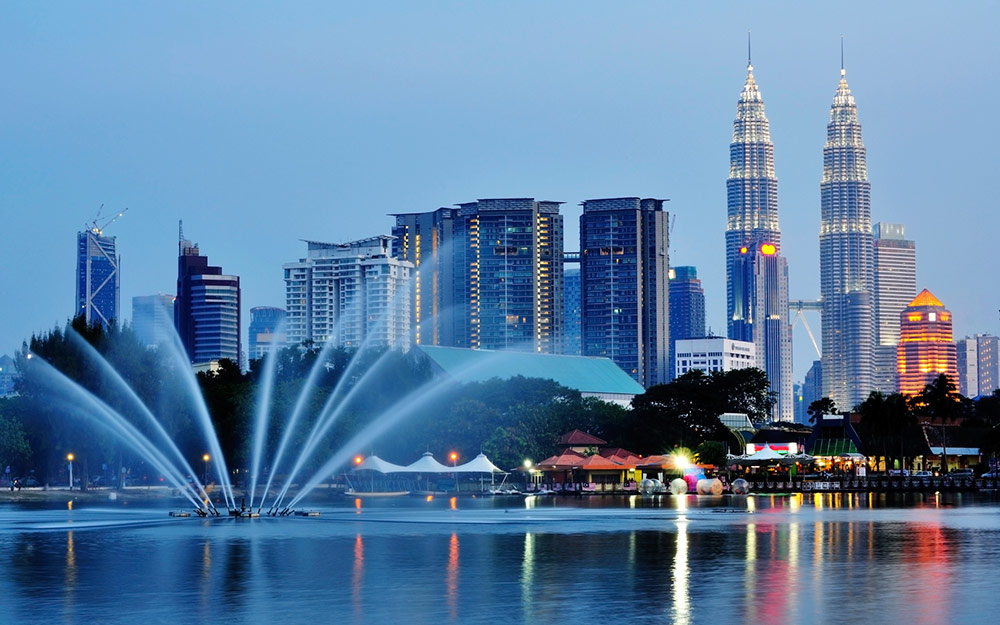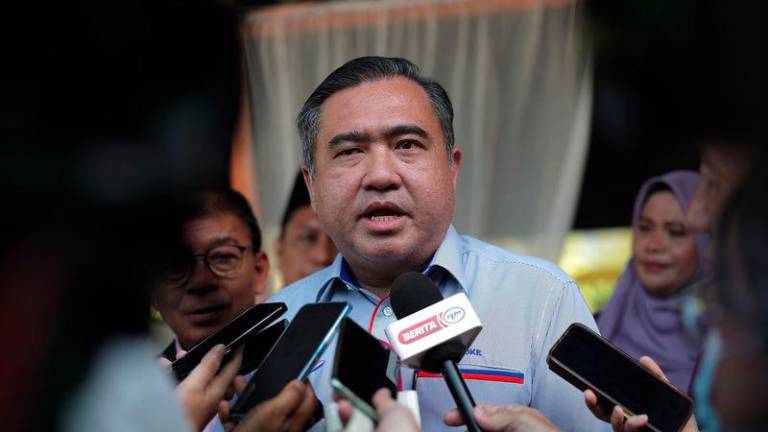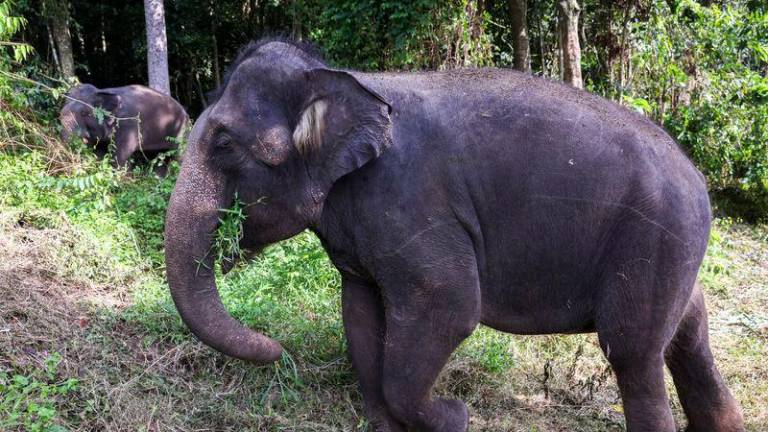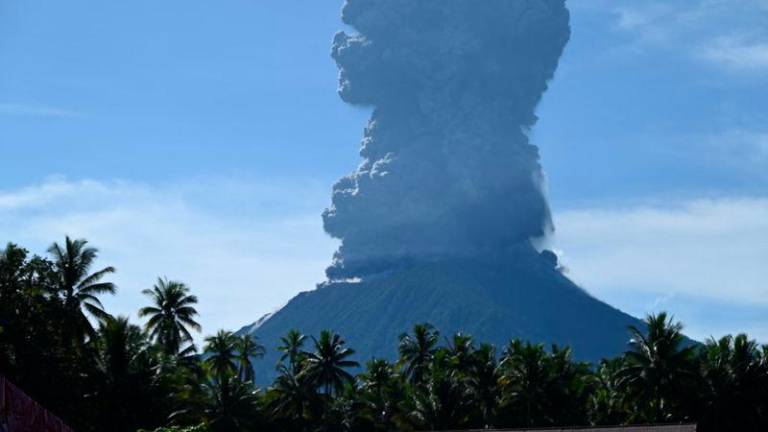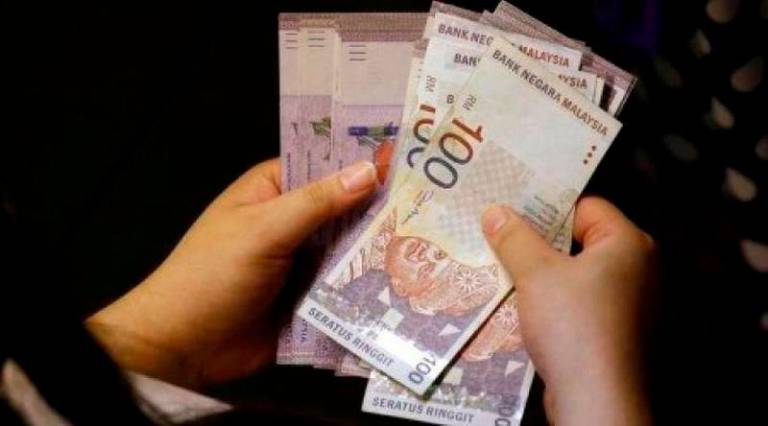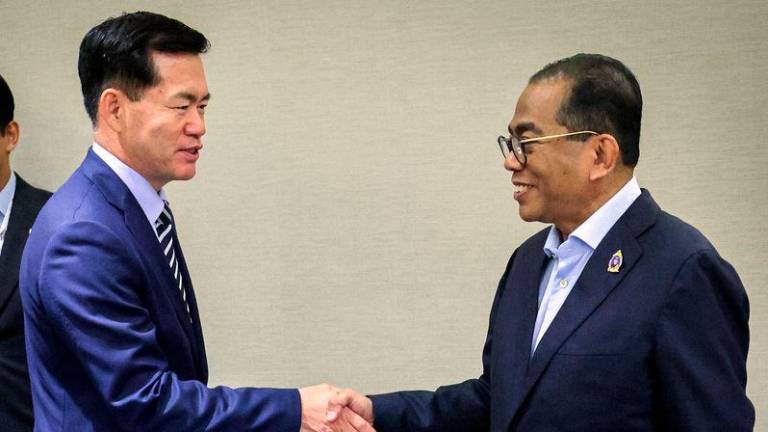PETALING JAYA: Stakeholders in the travel and tourism industries remain cautiously optimistic of bouncing back later in the year despite being brought to their knees by the Covid-19 pandemic.
Senior former aviator Jen (R) Tan Sri Abdullah Ahmad predicts a recovery for airlines by the end of the year, but this depends heavily on the domestic sector.
Malaysian Association of Hotels (MAH) chief executive officer Yap Lip Seng also expects domestic earnings to be the main revenue generator to keep hotels afloat over the next few years.
They were commenting on a report that a rebound in air passenger traffic is unlikely this year. Singapore-based director of Alton Aviation Consultancy, Joshua Ng, said long-haul travel may not properly resume until 2023 or 2024.
Abdullah Ahmad said recovery is possible if focus is directed at the domestic sectors, starting with flights within the country once the national vaccination plan is completed.
“The airline industry may not be able to make a comeback by the end of this year,” he told theSun, but pointed out that many airlines have turned their focus on enhancing and increasing cargo fleets.
“This could be a result of higher demand for cargo freight. The increase in cargo transportation has been tremendous, but you must bear in mind that facilities at the airports have to be upgraded to handle greater cargo volume. That is additional investment which airlines cannot afford now.”
MAH is also banking on domestic tourism to achieve recovery by the fourth quarter. However, Yap cautioned that domestic tourism has proven to be highly volatile, fluctuating along with movement control orders (MCO).
“Domestic tourism was the segment that helped hotels survive 2020,” he said.
“Through the months of June to September, hotel occupancy slowly picked up from below 20% prior to the reopening of interstate travel in early June, with a peak of 42% on the Merdeka Day weekend last year.
“Occupancy dropped again when the number of Covid cases spiked in early October as various stages of MCO and restrictions were announced. The government eventually reopened domestic tourism on Dec 7, allowing the industry to gain from the year-end holidays and hotel occupancy peaked at 43% over the Christmas and New Year weekends.
“However, average room rates were lower across the country, by 30% to 70%. The second MCO brought the industry to its knees again, and with the recent extension, average hotel occupancy is expected to be below 20% for the entire first quarter.”
Yap added that if survival plans are banking solely on the domestic market, hoteliers will need to adapt and compromise on room rates to remain attractive to the domestic market.
“Hotels will need to take extra initiatives to assure guests that it is safe, with various SOP and added precautionary measures during this period,” he said.
“At the same time, many are already diversifying its operations to include more of other components such as food, space rental and even merchandising, while meetings and convention are expected to play a major role.
“Having said that, these are highly dependent on the overall management of the pandemic, the situation is fluctuating not only because of the implementation or extension of the MCO but also the loss of confidence over the management of the pandemic that is making it literally impossible for businesses to plan or even prepare for the future or anything beyond two weeks.”
Yap pointed out that it is highly unlikely for the hotel industry to bounce back by the first half of 2021.
“Without international arrivals, or even any forward blueprints on reopening borders to targeted groups, the hotel industry will not recover anytime soon. The World Tourism Organisation had estimated two to four years for tourism recovery. Malaysia is quickly sliding into the further end,” he said.




